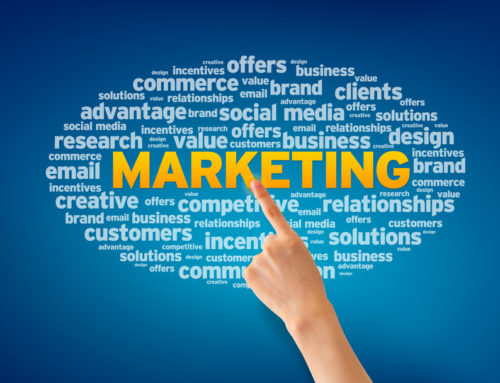4. Use “modular” product literature. One common advertising problem is how to promote a single product to many small, diverse markets. Each market has different needs and will buy the product for different reasons. But on your budget, you can’t afford to create a separate brochure for each of these tiny market segments.
The solution is modular literature. This means creating a basic brochure layout that has sections capable of being tailored to meet specific market needs. After all, most sections of the brochure–technical specifications, service, company background, product operation, product features–will be the same regardless of the audience. Only a few sections, such as benefits of the product to the user and typical applications, need to be tailored to specific readers.
In a modular layout, standard sections remain the same, but new copy can be typeset and stripped in for each market-specific section of the brochure. This way, you can create different marketspecific pieces of literature on the same product using the same basic layout, mechanicals, artwork and plates. Significant savings in time and money will result.
5. Use article reprints as supplementary sales literature. Marketing managers are constantly bombarded by requests for “incidental” pieces of product literature. Engineers want data sheets explaining some minor technical feature in great detail.
Reps selling to small, specialized markets want special literature geared to their particular audience. And each company salesperson wants support literature that fits his or her individual sales pitch. But the ad budget can only handle the major pieces of product literature. Not enough time or money exists to satisfy everybody’s requests for custom literature.
The solution is to use article reprints as supplementary sales literature. Rather than spend a bundle producing highly technical or application-specific pieces, have your sales and technical staff write articles on these special topics. Then, place the articles with the appropriate journals.
Article reprints can be used as inexpensive literature and carry more credibility than self-produced promotional pieces. You don’t pay for layout or printing of the article. Best of all, the article is free advertising for your firm.
6. Explore inexpensive alternatives for lead generation, such as banner advertising, organic search and PR. Many smaller firms judge marketing effectiveness solely by the number of leads generated. They are not concerned with building image or recognition; they simply count bingo-card inquiries.
New-product press releases lead the list as the most economical method of generating leads. Once, for less than $100, I wrote, printed and distributed a new-product release to 100 trade journals. Within six months, the release had been picked up by 35 magazines and generated 2,500 bingo-card inquiries.
Post all your press releases in a media or press section of your website. Optimize your press releases with key word phrases to draw more organic search traffic.





Leave A Comment